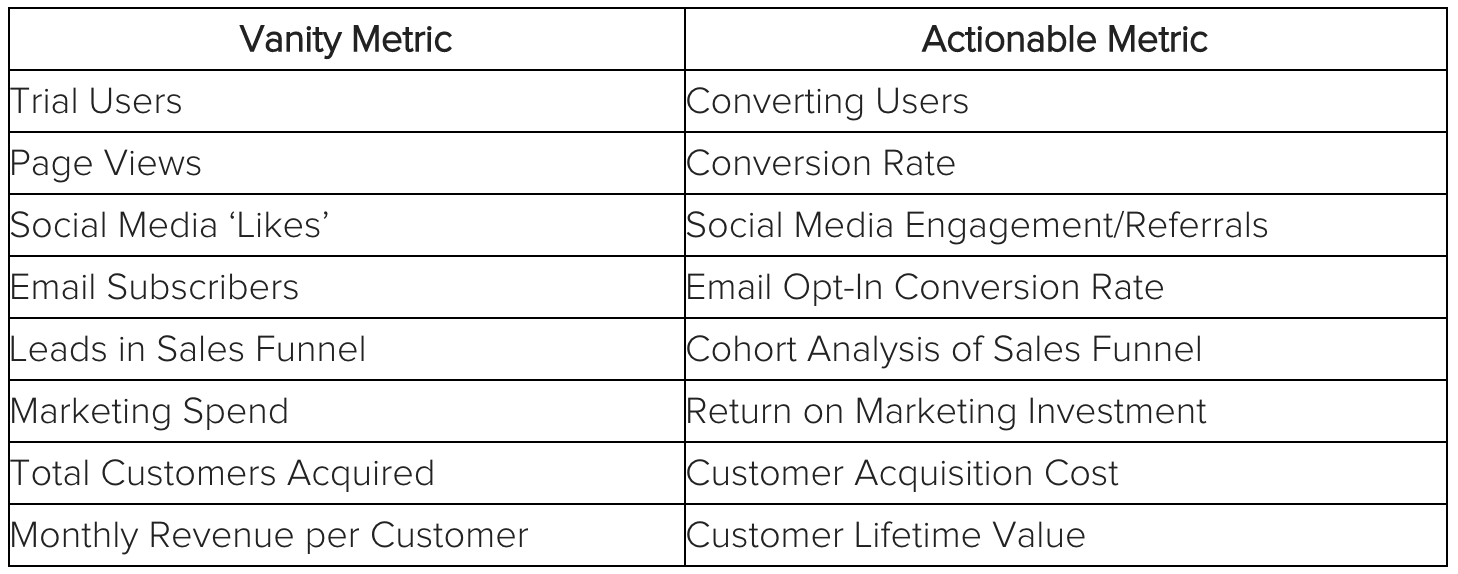The Best KPI’s for Your Website
Key Performance Indicators – everyone loves to talk about them, not everyone knows how to use them effectively.
Plainly speaking, KPI is the unit of measurement you need to use to find out how awesome your website is. You define the KPI’s, and whether you’re hitting them or not tells you how well your business is doing. If we’re talking speed analogies, your KPIs are your KMHs – they tell you if your website is performing like a Ferrari, or a ’96 Nissan Micra.
Being user-defined, what key performance indicators you use are up to you. But there’s no point in basing your success on email subscribers if you don’t have a newsletter, or marketing spend if nothing comes of it.
So, read on to discover how to choose your own key performance indicators, and which ones might be worth paying attention to that you haven’t thought of.
How to choose your KPIs
Every business is different. That’s why your KPIs may be different than someone else’s, even in the same industry. For example, say you’re an artist selling original paintings. A common KPI is profit, or revenue. But as a new artist, you have different priorities than an established name. If you have a day job and just need to get your name out there, social media mentions might be more valuable to you right now than profit.
To start recognising your KPIs, you need to be clear about your business goals. Who are you? Where do you want to go? What are you trying to accomplish?
They should help you establish a clear connection between your online efforts and your business goals. Then, you can use them to make data-driven decisions that will yield results.
Key performance indicators are not:
- Vague
- “Nice-to-knows” (just because the numbers are interesting, doesn’t make them valuable)
- Vanity metrics (just because you have more hits than the other guy, doesn’t make it good for your business)
Key performance indicators are:
- Quantifiable
- Actionable
- Clear
- Tied to your business goals
In other words, you need numbers that have proven strategies for improvement, nothing that is out of your control. And they need to matter to you, your business, and where you want to be in the next five years.
Take a look at this table from Crazy Egg:

All the numbers in the Vanity Metric column might give you the warm fuzzies, but ultimately their equivalents in the Actionable column will get you more results.
Best KPIs for an ecommerce site
When we’re talking ecommerce, we’re talking sales. Revenue. Cost per unit. This kind of website has very specific and measurable KPIs which won’t apply to any other industry, but which can be applied to whatever niche you’re in.
Checkout conversion rate
This is the number of visitors that complete an order. This is a high-level metric, so it’s best used in tandem with others to nail down where you can make improvements.
Cart abandonment rate
Any ecommerce website that is already generating sales will often benefit most from measuring and improving their cart abandonment rate.
This metric represents site visitors that were close to completing a purchase — and then vanished. Instead of focusing on throwing more traffic at your site, focusing on how many potential customers bail out at the last moment and what you can do to make them stay will ultimately be more worthwhile.
Referral source
Where are your customers coming from? If you’re only getting a tiny minority from your Facebook ads but a whole bunch from Instagram, you know to spend more money on that platform instead. Similarly, if your affiliates are doing really well but organic search is down, it might be worth seeing how you can boost organic discover rates.
Best KPIs for a blog
Blogs are different in that eyeballs matter more than sales. But which are the best methods for tracking readers’ attention? As we discussed, “awareness that my blog exists” is a super vague metric that can’t be measured, and won’t really help even if you could quantify it.
So let’s break it down – what do you need to measure instead?
Email subscribers
If you write a blog, you should have a list, even if “all” you do is notify subscribers when a new article is up. Having subscribers means that those people care enough about what you write to give you their personal information in order to read more, or be notified when you put up new content. Now, that’s valuable.
Average pages per session
This will vary depending on how your website is set up. Ideally, you’ll have each post on its own page, so you’ll be able to specifically measure how many posts and pages each user visits every time they go on your site. Are they only scanning the headlines on the front page? Maybe clicking the newest article? Or are they reading multiple posts back to back? Knowing how your users behave on your site can give you insight into what content they like most, and how you can give them more of it.
Traffic source
Like the ecommerce example, it’s important to know where your traffic is coming from in order to improve it. This can give you insight on whether you need a better backlinking strategy, what keywords you need to use more of to show up in organic search results, and more.
Best KPIs for lead generation
Sometimes, you just need leads. A simple opt-in page that leads to a thank you may be all the website you need for your business – but there are still some key performance indicators you need to pay attention to.
Conversion rate
Of course, this one matters the most. How many people are actually submitting their information on your form, and how can you get more of them to hand over their info? This is the single goal of a lead generation website, so it makes sense to measure this first.
Form abandonment rate
On the other hand, how many people fill out half of their first name and disappear completely? This may be for a number of reasons – maybe your form is too long, or they don’t trust you. Maybe they realise they don’t need your service. Once you know how many people are wandering away, it’ll be easier to find out the cause.
Traffic source
If you hand out business cards, your traffic source is going to look like people typed in your URL out of thin air – but maybe it’s worth ordering more, or fewer. You might also get some decent traffic from organic search, so how can you include more relevant keywords? Knowing how traffic is arriving on your site is one of the best KPIs for lead generation, as it’s easily actionable for a big impact later on.
KPIs don’t have to be scary. In fact, selecting good website KPIs is an essential part of monitoring and evaluating your site’s success – and that’s never a bad thing. KPI’s let you accomplish your goals easier and determine what success looks like on your own terms.
Which KPIs do you measure, and why? Let us know in the comments!





